PEUGEOT INSTINCT CONCEPT: THE AUTONOMOUS VEHICLE FROM PEUGEOT
PEUGEOT INSTINCT CONCEPT: AUGMENTED FREEDOM
Ever dreamed of owning a car that offers complete peace-of-mind with full awareness of its surroundings? A car that understands you, that knows you so well that it can foresee your every wish? A car that is in true harmony with you? A car that delivers a seamless, straightforward experience? PEUGEOT has approached this concept with a single watchword: freedom. Freedom to choose your driving mode and the accompanying sensations. Freedom of movement. The outcome is PEUGEOT INSTINCT CONCEPT.

Internet of Things
For the first time ever, PEUGEOT introduces a functional on-board I.o.T. platform - the SAMSUNG ARTIKTM Cloud, connecting the car with the user’s cloud, enabling the car to learn and adapt to its user’s lifestyle and preconfigure its settings.
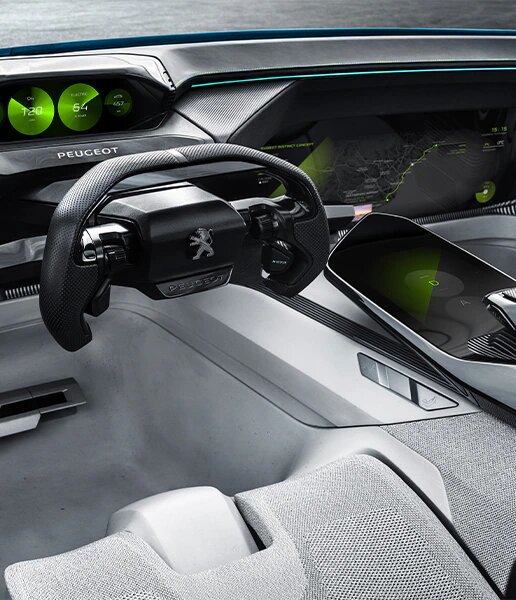
Responsive i-Cockpit
The PEUGEOT Responsive i-Cockpit® reinterprets the passenger cabin to meet the self-driving needs of the vehicle. The interfaces can be configured – before, during and after use – according to the mode selected and the user’s profile.
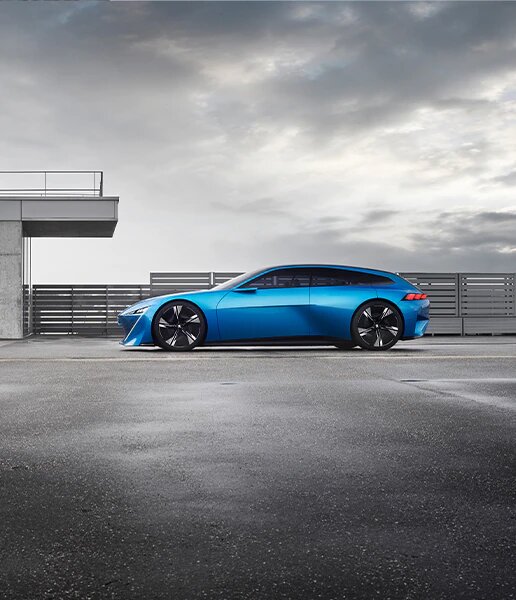
SHOOTING BRAKE
The PEUGEOT INSTINCT concept boasts a shooting brake bodystyle with a timeless look. The aerodynamic, sculpted body is not only designed for maximum fuel efficiency but also to be utterly eye-catching.
INTERNET OF THINGS
DEEP LEARNING
For PEUGEOT INSTINCT CONCEPT, our inspiration came from nature and from people. People learn from their environment, gaining in autonomy as they go. Likewise, PEUGEOT INSTINCT CONCEPT draws on deep learning technology to establish the user’s profile. The Samsung ARTIKTM Cloud for the I.o.T. (Internet of Things) connects the devices they use every day and aggregates the data. That data comes from items such as smartwatches, smartphones and social media. It can even connect to your home to communicate with your smart television, audio streaming, home assistant, PC and other devices. The car itself is a valuable source of information because it is with us throughout our day and knows our regular journeys, favourite places and how we drive.
PEUGEOT and Sentience, a data science company, process the data to make it meaningful and define each user’s profile. The analysis is dynamic and constantly enhanced. It means PEUGEOT INSTINCT CONCEPT can preconfigure or adapt its architecture to satisfy all its user’s needs and desires.
-
EXAMPLES
1/4
4 MODES
The four modes available allow for particularly precise management.
- Drive Boost is designed for a dynamic drive.
- Drive Relax uses the ADAS (Advanced Driving Assistance Systems) to assist the driver. This includes features such as automatic main beam switching or the active cruise control.
- Autonomous Soft mode is for comfort. The journeys may be a little longer, giving you time to watch a film, read or simply rest.
- Autonomous Sharp optimises journey times with precise, efficient road handling.
RESPONSIVE i-COCKPIT
INNOVATIVE KINEMATICS
The self-driving car opens up new avenues for creativity, responding to new uses.
With PEUGEOT INSTINCT CONCEPT and its Responsive i-Cockpit, we are building on the factors that have made the brand’s latest models so successful. We are creating new forms of driving pleasure. These may come from the interfaces, the architecture or the styling. There is no reason why a self-driving car should be dull to look at or to experience.
Matthias Hossann, head of PEUGEOT concept cars.
The driver’s environment boasts a sleek kinematic system that comes into play when switching between Drive and Autonomous modes. The compact steering wheel and the panel housing the toggle switches fold into the dashboard. At the same time, the accelerator pedal pulls back into the pedal unit.
Regardless of the mode activated, the driver retains control over the vehicle. While this is obvious in Drive mode, this feature of PEUGEOT’s self-driving car is more surprising in Autonomous mode. The i-Device sits next to the 9.7-inch screen on the central console and can be used to command the car at any time. Simply tap to overtake the car in front or to switch from Soft to Sharp mode.
In Drive mode, the holographic cluster displays the operating data: vehicle speed, the split between the two energies used in the PHEV power chain, battery level, and so on. The digital rear-view function notifies the driver of the presence of a vehicle in the blind spot.
In Autonomous mode, these features include other information, which gains in importance as time is the only notion that really counts. All passengers are able to find out the time, the distance covered so far and the remaining journey time.
The on-board atmosphere changes as you change driving mode. Other than the information displayed, the seat positions, lighting and sound options are adapted.
ARCHITECTURE & MATERIALS
The Responsive i-Cockpit gives each passenger their own individual space, even on-board a compact vehicle. To make sure everyone is comfortable, the seats take inspiration from aeronautic design. The structures and areas that come into contact with the body – seat base, seat back and headrest – are all treated individually. The base is enhanced with aluminium and remains fixed. The back, however, is mobile, pivoting around the transversal Y axis. The occupant is free to select the position they like – horizontal if they want to rest, upright to drive or in-between to watch a film or work.
Passengers can all communicate with the car via a chatbot, a speech-driven personal assistant offering a vast array of services. For example, you can use naturally expressed commands to book cinema seats or buy online.
The materials also incite you to make the most of this extra free time. The floor is finished with a thin concrete layer that has a silky feel, inviting you to slip off your shoes and relax. A 3D mesh is shaped to fit and support the body. The same material also trims the side panels around the central console and the door panels, the seat bases and seat backs. The headrest provides neck support and is trimmed with a flexible 3D mesh and leather.
THE SHOOTING BRAKE BY PEUGEOT
DESIGN
The proportions of PEUGEOT INSTINCT CONCEPT draw from the great coach building tradition. The curved lines are sculpted around the technical components and the occupants. The lengthy bonnet hints at the 300 hp delivered by the PHEV power chain. The generous contours of the wheel arches suggest good road-handling and the power of the four drive wheels.
The front end is extremely expressive. There is a camera lens fitted in the centre of each LED headlamp, evoking the pupil of an eye. These cameras scan the vehicle’s environment and send information back to the driving assistance systems. The grille’s aspect changes depending on which way you look at it. Its semi-hollowed structure features a Lion which is underlined in white when Autonomous mode is activated.
AERODYNAMICS
As a car moves forward, it pushes through a wall of air, affecting the way it accelerates. Engineers constantly work on improving aerodynamics to reduce fuel consumption and improve passenger comfort. This latter aspect will become increasingly important in the future. With self-driving cars, vehicle occupants will be able to do other things as they travel, discovering new ways of enjoying themselves on-board.
On either side of the headlamps, the light signature stretches the full height of the front mask. It is deployed from 90 km/h upwards, with a two-fold objective. Firstly, the lower parts of the two light guides are connected by a strip that provides extra downforce on the front axle.
Secondly, this movement creates an opening to reduce pressure on the bodywork of the moving vehicle. Air is drawn in at the front end and expelled at the wheel surface. This serves as a virtual wheel fairing, cancelling out aerodynamic interference with the chassis and suspension, working in combination with the five-spoke aluminium wheels. The latter feature a series of narrow grooves, making them lighter. The same aerodynamic features are also found at the rear end. Air is drawn in via an opening in the front door beltline and flows towards the diffuser, located below a row of 3D lamps connected by a light strip.
The sunroof curves down snugly over the vehicle’s passengers. Its lines are underscored by the same deep blue tri-coating that colours the bodywork.
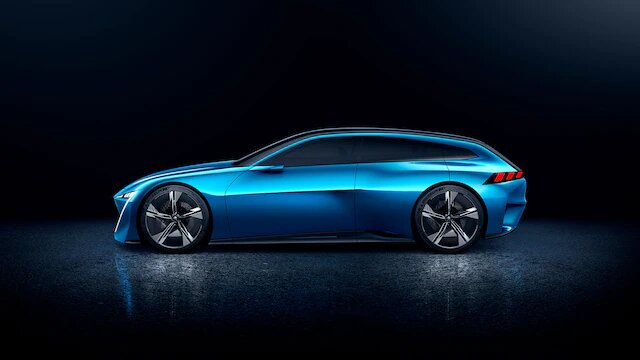

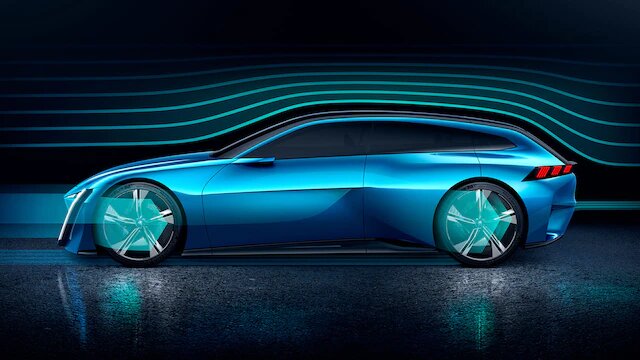





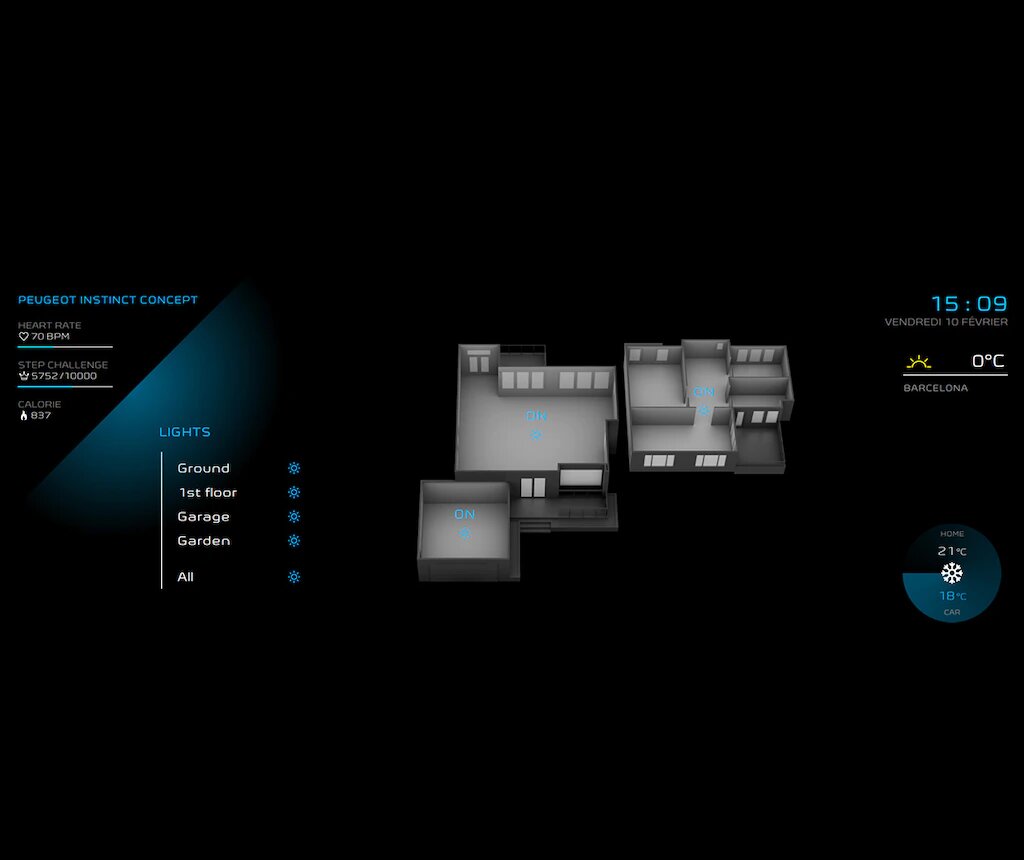
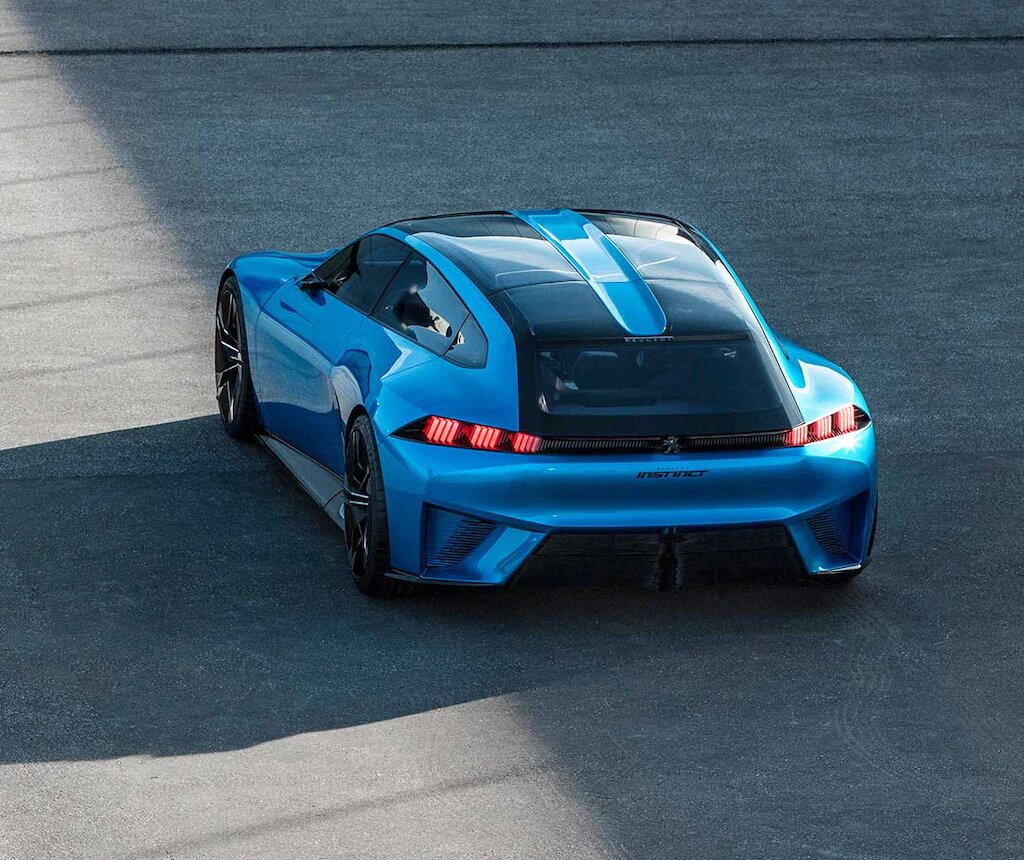


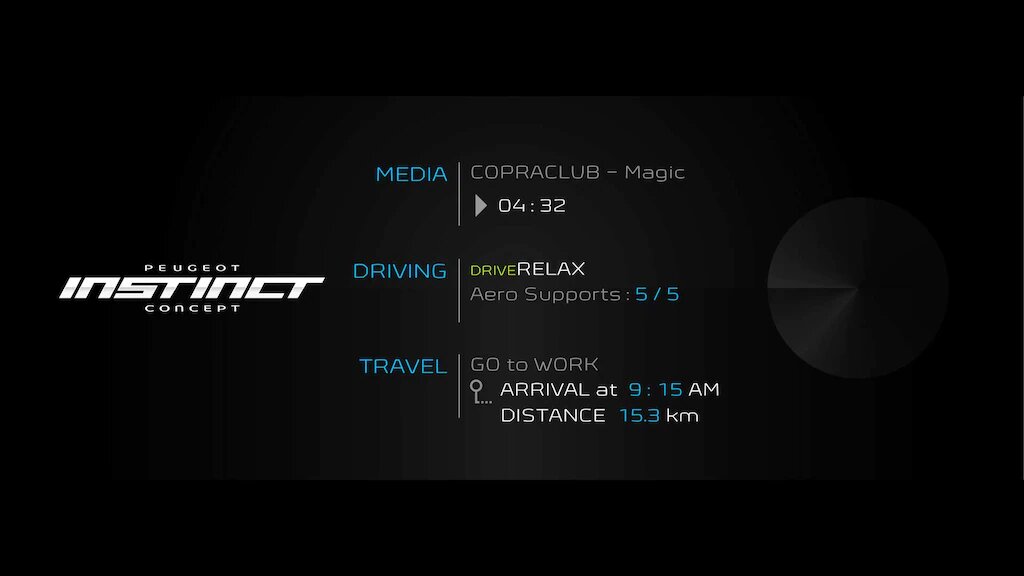
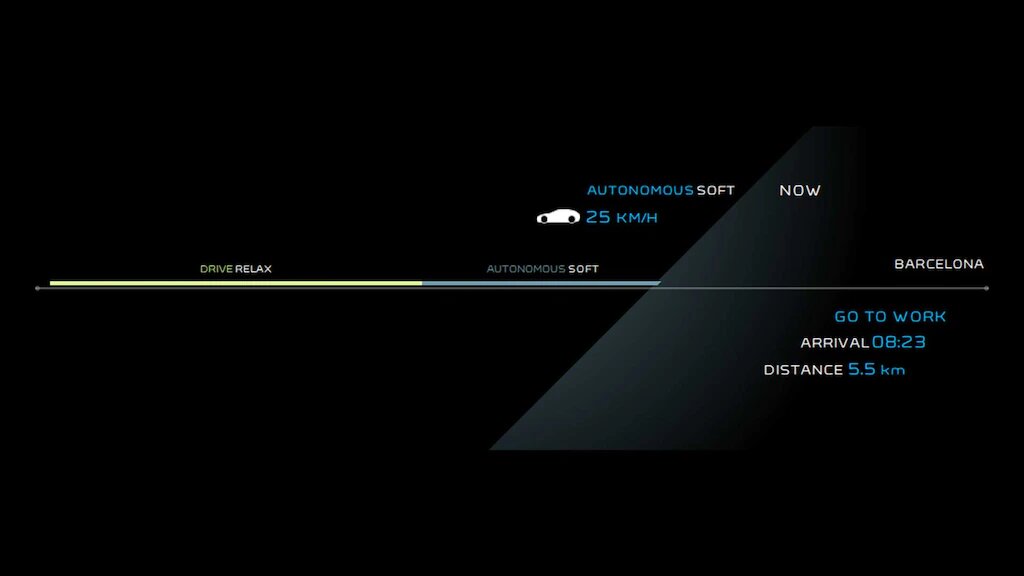


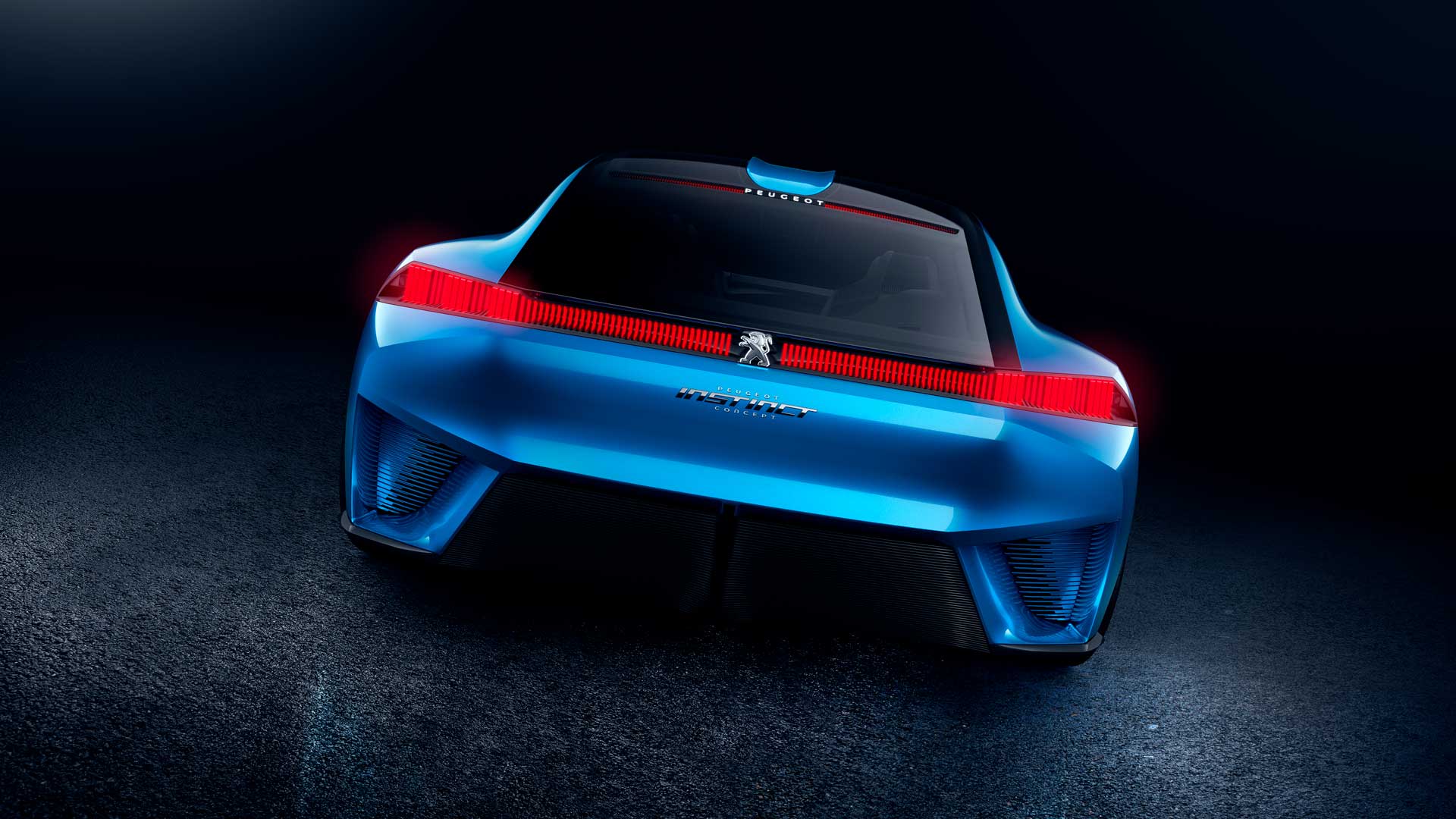

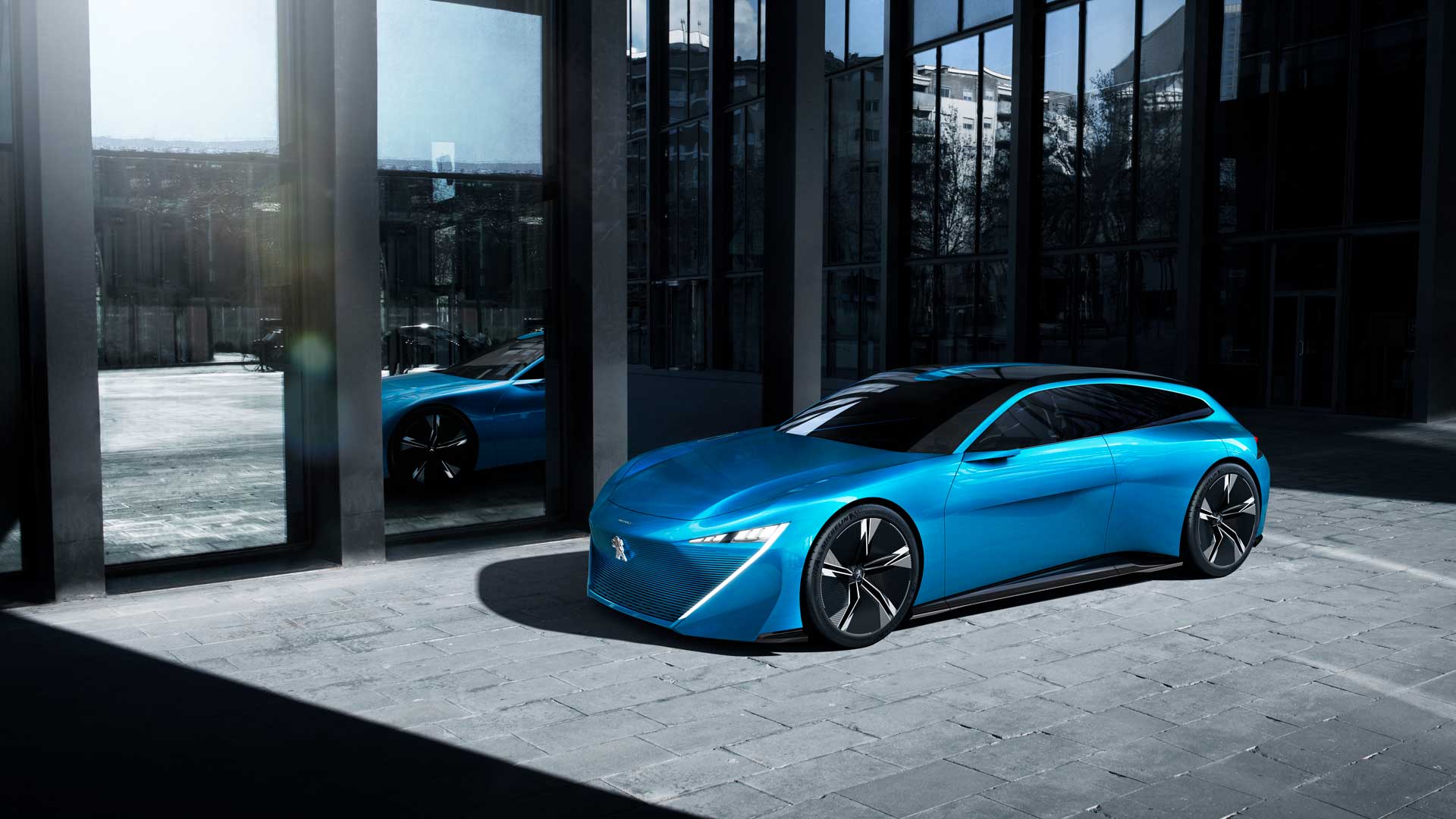

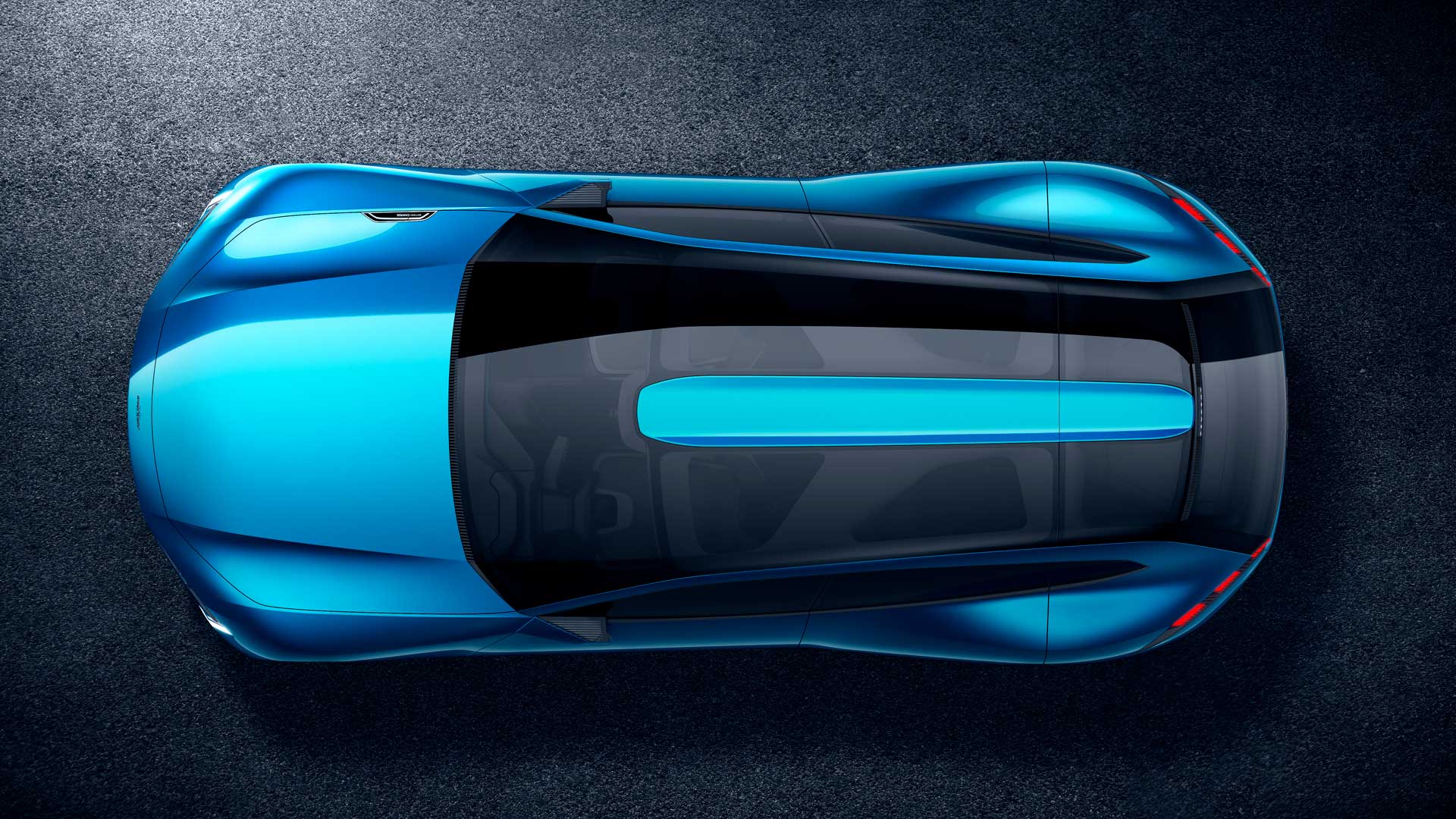

 download brochure
download brochure
 build & price your own
build & price your own
 make an enquiry
make an enquiry
 request a test drive
request a test drive